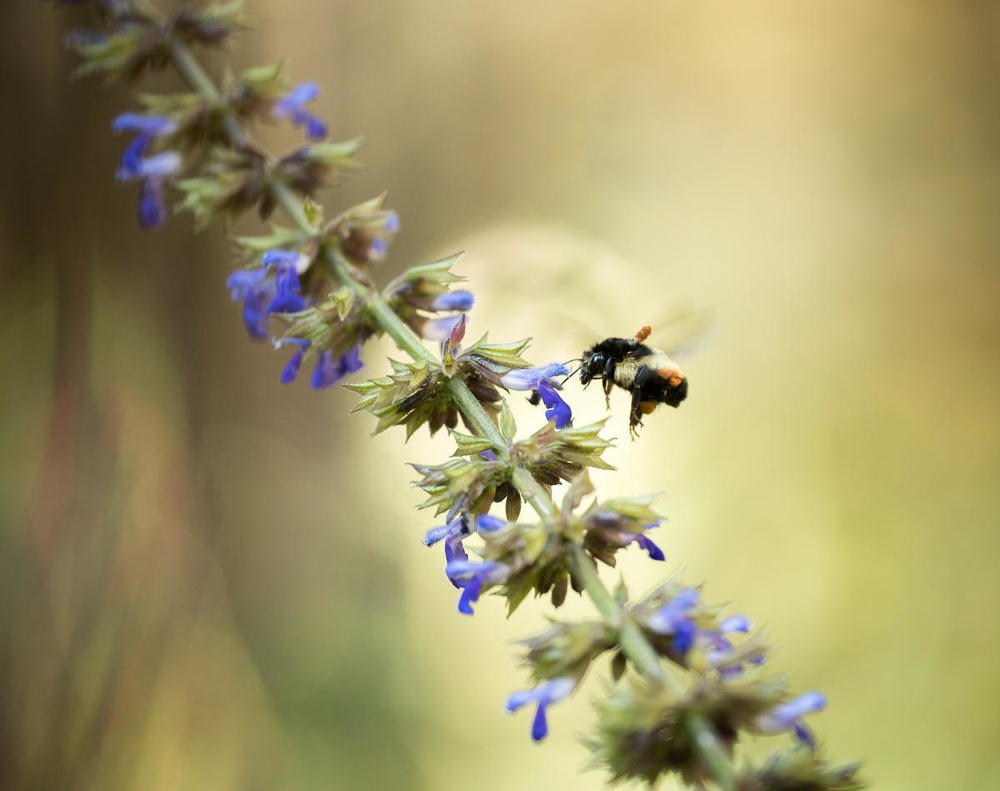
© WWF-US, Clay Bolt
When I was little, I learned about dinosaurs and extinction in the same breath. Those tree trunk sized leg bones I saw at the museum belonged to animals that died out millions of years ago. Why? There was some cosmic, massive event that killed the giants of Earth’s ancient history. I believed extinction to be something older than Holocene, that was sudden, dramatic, and unstoppable. When I heard about how Dodo birds went extinct in 17th century, I couldn’t believe modern extinction could happen. Then I learned that humans were the primary reason why.
Last year, a UN Global Assessment Report published that around 1 million animals and planet species are currently threatened with extinction. While extinction is natural, this massive number of threatened species is primarily due to human activity. People were shocked at its findings, and the term “biodiversity” was plunged into the spotlight. March 3rd is World Wildlife Day and the theme this year is, “Sustaining all life on earth.” To celebrate the world’s biodiversity, let’s dive into why a richness in species must be preserved for the health of our planet.

© WWF-Malaysia, Eric Madeja
First off, the term biodiversity encapsulates the variety of life on earth. This is measured by the number of species of plants, animals, fungi, and microorganisms and their difference in genes. The diversity of our planet can also be found in our ecosystems like coral reefs, rain forests, and even deserts.
An estimated 1.7 million species have been identified and recorded, but there could be up to 100 million different species of plants, animals, and microorganisms. And, with the increasing study of genes, animals thought to belong to one species actually belong to several.
Biodiversity maintains the natural balance of ecosystems and every species has its niche. Species depend on each other in order to thrive from cockroaches to squirrel monkeys to pygmy elephants—and even the many of us who live in cities. We need plants for oxygen and food, plants need pollinators, pollinators are kept in check by predators in the food chain, and microorganisms help break down dead organic materials. These systems make up the foundation of life.

© Chris J Ratcliffe, WWF-UK
Biodiversity also has a huge economic value to countries worldwide. Coral reefs generate an estimated $36 million USD per year in tourism revenue. A single African elephant can generate up to $1.6 million USD in tourism revenue during their lifetime which benefits their local economy more than poaching. WWF’s 2018 Living Planet Report found that globally, nature provides services estimating 125 trillion USD a year.

© Pablo Corral, WWF
Since 1970, the number of animals that once decorated earth has declined by half. This decline is a constant, slow extinction happening before our eyes. It isn’t one huge meteor, it’s insidious, quiet, and preventable. The Earth is resilient, and humans have the power to tip the scale and preserve what biodiversity we have left. We can work together to ease pressure from human activity, and let nature take its time. WWF is working to stop the loss of biodiversity by identifying threats and implementing solutions that benefit all life—including people.
As travelers, you can help add value to biodiversity by visiting and viewing it, this economic value encourages governments and communities to protect their natural heritage. In biologically diverse hotspots like the Peruvian Amazon and Borneo, travelers visit to witness the abundance of animals that live nowhere else on earth. You can visit both of these destinations with Nat Hab and feel good about the impact your travel is making.

© Days Edge Productions, WWF-US































